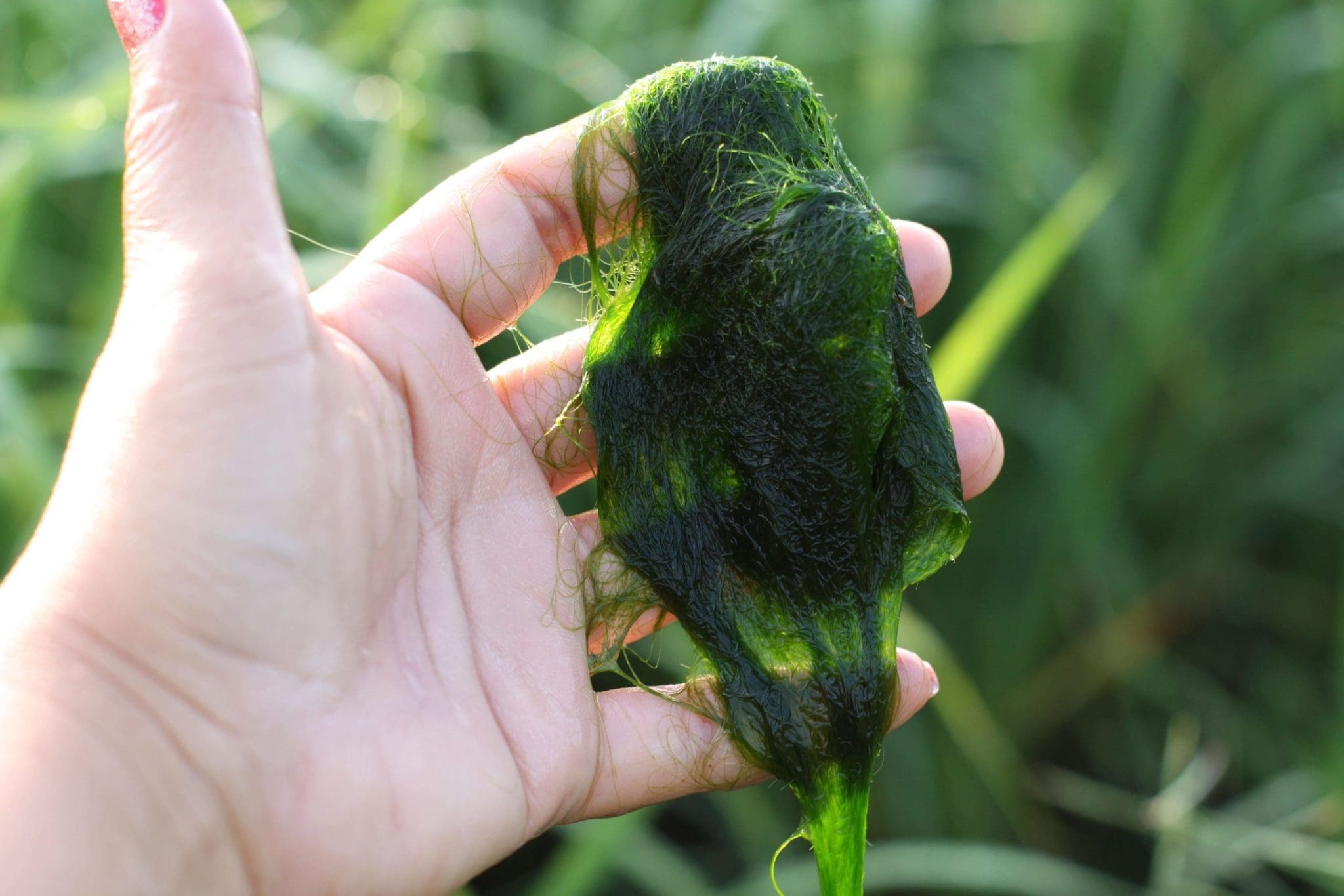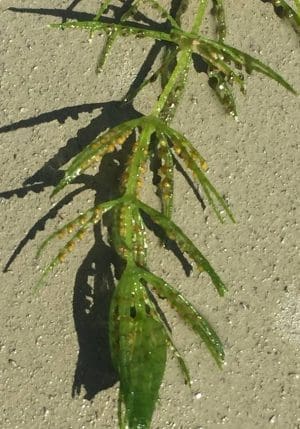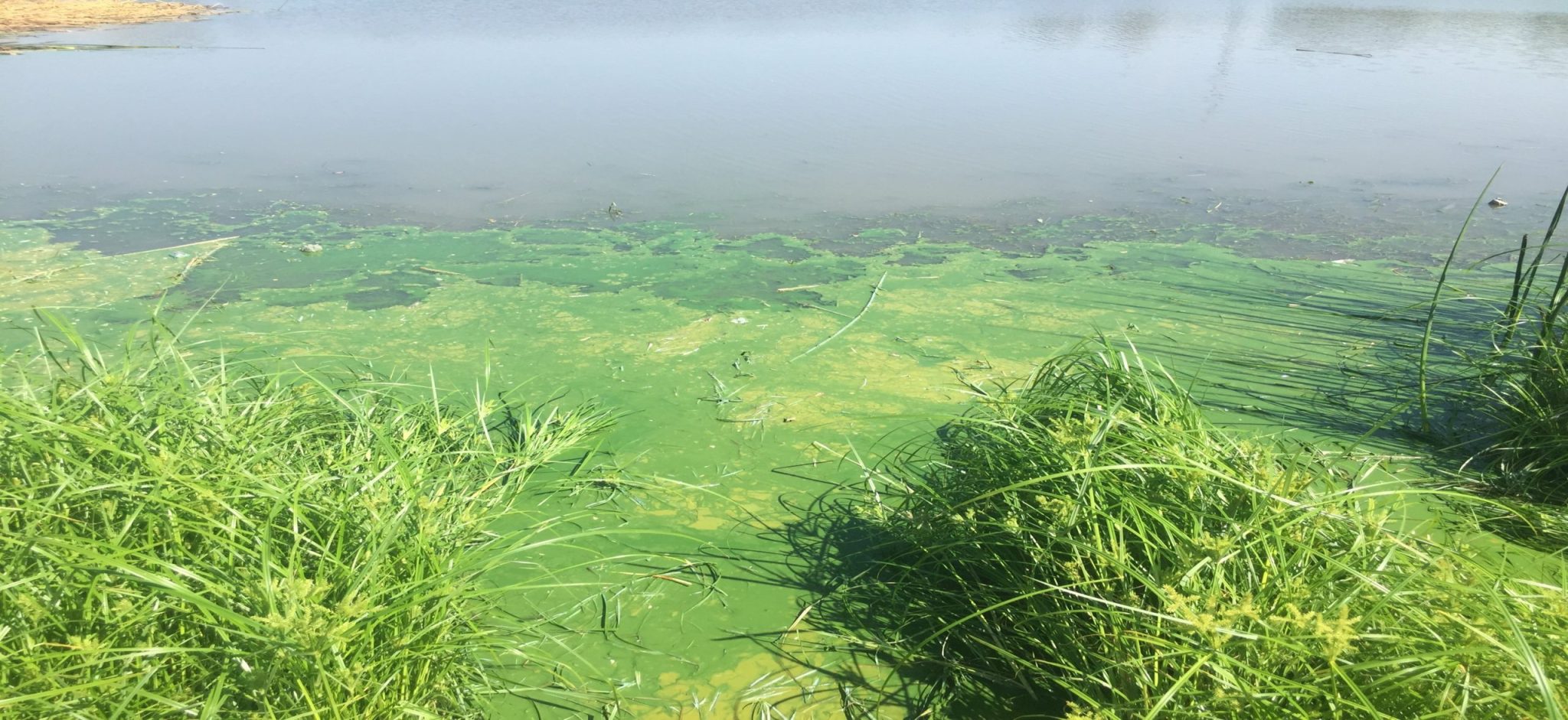Algae are in the plant kingdom, but technically they are not plants. A diverse group of organisms, algae survive in even the harshest habitats. From the dry desert, to the Arctic Circle, to boiling springs, these organisms have found a way to extract enough from their environment to live. Algae range in size from microscopic to meters long and from single-celled to complex organisms that rival large plants. These organisms may look like true plants, but unlike plants, algae do not have roots or true stems and leaves.
In water, algae are what make the water green. Green water is not necessarily undesirable, and neither are algae. In fact, algae are essential to the ecosystem and to life as we know it. Algae are a primary component of the food web, providing food for all types of animals, including fish, insects, mollusks, zooplankton (microscopic animals), and humans.
There are microscopic algae, like phytoplankton; and there are macroalgae, visible to the naked eye. Algae occur naturally in all types of systems and can indicate the condition of an ecosystem. The mere presence of a species can indicate the amount and type of nutrients present.




